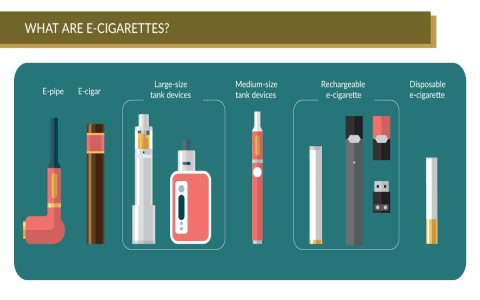Current evidence indicates that passive exposure to electronic cigarette aerosol (often called secondhand vapor) poses health risks, though generally lower than those associated with secondhand smoke from combustible cigarettes.
Key Findings from Scientific Research
Electronic cigarette aerosol contains potentially harmful substances:

- Ultrafine Particles: Can penetrate deep into the lungs and enter the bloodstream, potentially causing inflammation and cardiovascular issues. Air monitoring confirms their presence near vaping users.
- Nicotine: Bystanders, including children and adolescents, can absorb measurable levels of nicotine through passive exposure.
- Volatile Organic Compounds (VOCs) & Aldehydes: Lower levels than in tobacco smoke, but present. Aldehydes like formaldehyde can form under high-power device conditions.
- Heavy Metals: Trace levels (e.g., lead, tin, nickel) released from device heating elements have been detected in aerosol.
- Flavoring Chemicals: Some flavorants (e.g., diacetyl, acetoin) carry respiratory risks even when inhaled secondhand, though levels are typically below occupational limits.
Impact on Health Compared to Traditional Secondhand Smoke
- Lower Overall Toxicity: Most studies confirm aerosol contains fewer toxicants at significantly lower concentrations than cigarette smoke.
- Cardiovascular Effects: Acute exposure studies show passive vaping can cause transient, measurable changes in endothelial function and blood vessel stiffness similar to passive smoking, though less pronounced. This suggests a potential risk for cardiovascular events.
- Respiratory Effects: Associations exist between passive exposure and increased asthma symptoms, bronchitis, and respiratory irritation in vulnerable populations, particularly children.
- Carcinogens: While aerosol contains carcinogenic compounds (like some aldehydes, tobacco-specific nitrosamines), the levels are substantially lower than in smoke, leading to an estimated much lower carcinogenic risk. However, no level of exposure to carcinogens is considered safe.
Specific Concerns
Vulnerable Populations: Children, pregnant women, individuals with asthma or pre-existing respiratory/cardiovascular conditions are at higher risk from adverse effects due to passive exposure.
Indoor Air Quality: Vaping significantly increases airborne particle concentrations and deposits chemical residues on surfaces.
Uncertainties: The long-term health consequences of chronic, low-level exposure are not yet fully understood, particularly regarding respiratory health and cardiovascular disease development.
Conclusion & Public Health Position
While passive exposure to electronic cigarette aerosol is less harmful than traditional secondhand smoke, substantial scientific evidence confirms it is not harmless. Exposure delivers nicotine and an array of potentially harmful particles and chemicals to bystanders, causing physiological changes and health risks, especially for vulnerable groups. Based on the precautionary principle and current scientific understanding, reputable health organizations advocate for including e-cigarettes in existing clean indoor air policies to protect bystanders.









